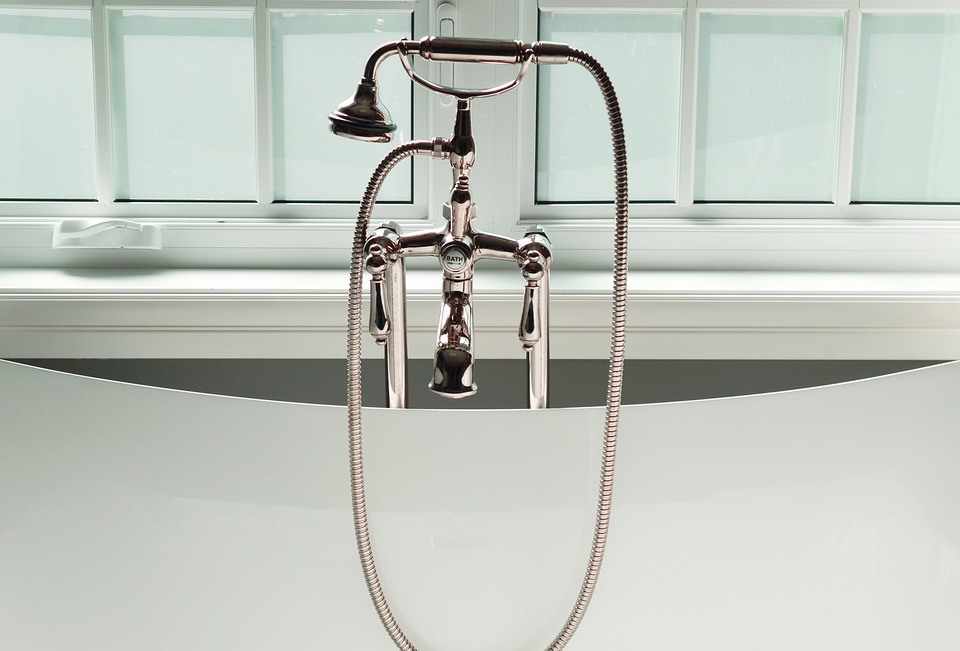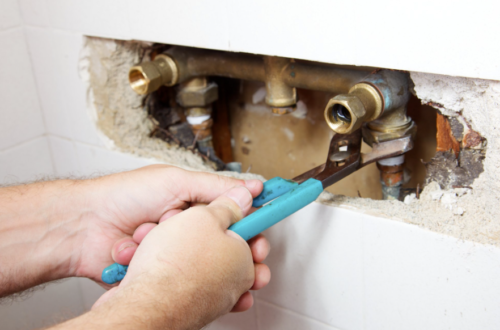The Increasing Problem of Low Water Pressure: Causes and Solutions
Introduction:
Water pressure plays a crucial role in our daily lives, whether it’s for showering, washing dishes, or watering the garden. Unfortunately, many homeowners are facing the frustrating issue of low water pressure. This problem can be a major inconvenience, impacting the efficiency and effectiveness of various tasks. In this blog article, we will explore the causes behind low water pressure and provide practical solutions to address this growing concern.
Causes of Low Water Pressure:
1. Faulty Pressure Regulator:
One common cause of low water pressure is a faulty pressure regulator. This device is responsible for maintaining a consistent water pressure throughout your plumbing system. Over time, it can wear out or become damaged, leading to a decrease in water pressure. Replacing the pressure regulator can help restore the desired water pressure levels.
2. Clogged Pipes:
Another frequent culprit behind low water pressure is clogged or obstructed pipes. Over the years, minerals, debris, and sediment can accumulate within the pipes, restricting the flow of water. This buildup gradually reduces the water pressure in your home. Professional pipe cleaning or descaling can effectively remove these obstructions and restore optimal water flow.
3. Leaky or Damaged Pipes:
Leaky or damaged pipes can also contribute to low water pressure. Even a small leak can significantly affect water pressure, as the water is diverted away from its intended destination. Regular inspections and prompt repairs of any leaks or damages in your plumbing system are crucial to maintaining adequate water pressure.
4. Municipal Supply Issues:
In some cases, low water pressure may be beyond your control. Municipal supply issues, such as water main breaks or maintenance work, can cause temporary drops in water pressure. Keeping in touch with your local water authority can help you stay informed about any ongoing maintenance or repair work that might affect your water pressure.
Solutions to Low Water Pressure:
1. Check Pressure Regulator:
If you notice a sudden drop in water pressure, start by checking the pressure regulator. Ensure it is functioning correctly and set at an appropriate pressure level. If you suspect it is faulty, consider consulting a professional plumber to replace it.
2. Clear Clogged Pipes:
To address low water pressure caused by clogged pipes, professional pipe cleaning is recommended. Plumbers utilize specialized tools and techniques to remove obstructions and restore the flow of water. Regular maintenance can prevent future clogs and maintain optimal water pressure.
3. Repair Leaks and Damages:
Inspect your plumbing system for any leaks or damages. Even minor leaks should be promptly repaired to prevent further water pressure issues. Engaging a professional plumber will ensure accurate identification and efficient repair of any leaks or damages.
4. Install a Water Pressure Booster:
In cases where low water pressure persists despite other efforts, installing a water pressure booster system can be a viable solution. These systems work by increasing the water pressure throughout your plumbing system, ensuring consistent and adequate water flow.
FAQs (Frequently Asked Questions):
Q1: Can low water pressure be a sign of a larger plumbing issue?
A1: Yes, low water pressure can indicate underlying plumbing problems such as leaks, clogs, or damaged pipes. It is essential to address low water pressure promptly to prevent further damage and costly repairs.
Q2: How can I determine if the low water pressure is specific to my home or a broader issue?
A2: To determine if the low water pressure is specific to your home, check with your neighbors. If they are experiencing similar issues, it is likely a broader issue related to the municipal water supply. Otherwise, it is more likely an internal plumbing problem.
Q3: Are there any temporary fixes for low water pressure?
A3: While temporary fixes may provide short-term relief, it is crucial to identify and address the root cause of low water pressure. Temporary fixes can include cleaning faucet aerators, removing showerhead obstructions, or adjusting pressure regulators. However, these should not replace professional inspection and repairs.
Q4: Does the age of my home affect water pressure?
A4: Yes, older homes are more prone to low water pressure due to aging pipes, corrosion, or mineral buildup. Regular maintenance and inspections can help identify and resolve these issues, ensuring optimal water pressure.
For more information on low water pressure and its causes, visit [insert external link here]. Remember, addressing low water pressure promptly can improve your daily water usage experience and prevent potential plumbing complications.
In conclusion, low water pressure can be a frustrating problem, but understanding its causes and implementing appropriate solutions can help alleviate this issue. Whether it’s checking the pressure regulator, clearing clogged pipes, repairing leaks, or considering a water pressure booster system, taking proactive measures will ensure a consistent and satisfactory water flow throughout your home.






